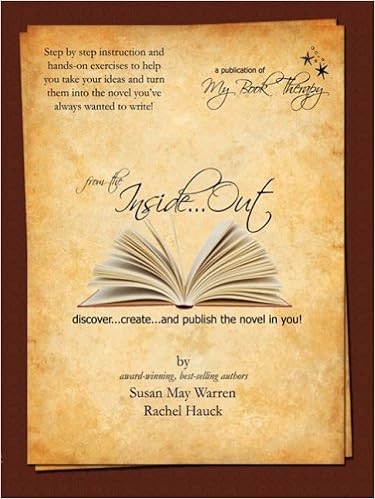Both Desert Jewels and Creating
Esther are written for a secular audience, but religion was a part of both
cultures. Some mention was necessary for authenticity.
That wasn’t a problem with Desert Jewels. Although most Japanese
Americans were Buddhist, many were Christians, and that included the person I
used as my model. So I made my protagonist a Christian and avoided the issues I
would have faced if she were Buddhist.
It wasn’t as easy with Creating Esther. Yes, some Native
Americans were Christians by then, but it was still an anomaly. And the
boarding schools did not understand how to integrate Christianity into the
local culture. Since I wanted to show a realistic picture of what it would be
like for most of the children attending the Indian boarding schools in 1895 and
1896, I had to include the conflict between Ojibwe religious beliefs and
Christianity as taught by the boarding schools. My challenge was to be
sensitive to Native American religious practices while remaining true to my
Christian beliefs.
In the end, I decided to show
the conflict between the two without resolving it. Here is a passage from the
protagonist’s first boarding school Christmas:
“What is Christmas?” Ishkode asked Mrs.
Hansen. “Everyone talks about it coming next week, but what is it?”
“It’s the day Christians celebrate the
birth of Jesus.”
Even though Ishkode had been attending
chapel every Sunday for three months, she still didn’t understand who Jesus
was. Sometimes he sounded like Wenebojo, who was born of a human mother and a
spirit father. But she had asked a minister after chapel one day, and he said
Wenebojo was not Jesus.
Now Ishkode rubbed her forehead. It was too
confusing.
Actually, the book even shows
the negatives about how the boarding schools practiced and taught Christianity.
The Christianity I found in my research is not the Christianity I find in my
Bible. I’m sure many of the teachers and administrators were sincere, but they
were also misguided.
Boarding school staff tried to
convert the Native American students by forcing religion on them. That approach
doesn’t work in life, and it doesn’t work for fiction writers, either.
So use a soft touch when writing
about religion.
__________
Kathryn Page Camp is a licensed
attorney and full-time writer. Writers in
Wonderland: Keeping Your Words Legal was a Kirkus’ Indie Books of the Month Selection for April 2014. The
second edition of Kathryn’s first book, In
God We Trust: How the Supreme Court’s First Amendment Decisions Affect
Organized Religion, was released
on September 30, 2015. Desert Jewels is
searching for a home, and Creating Esther
has just begun circulating to publishers.
You can learn more about Kathryn at www.kathrynpagecamp.com.






